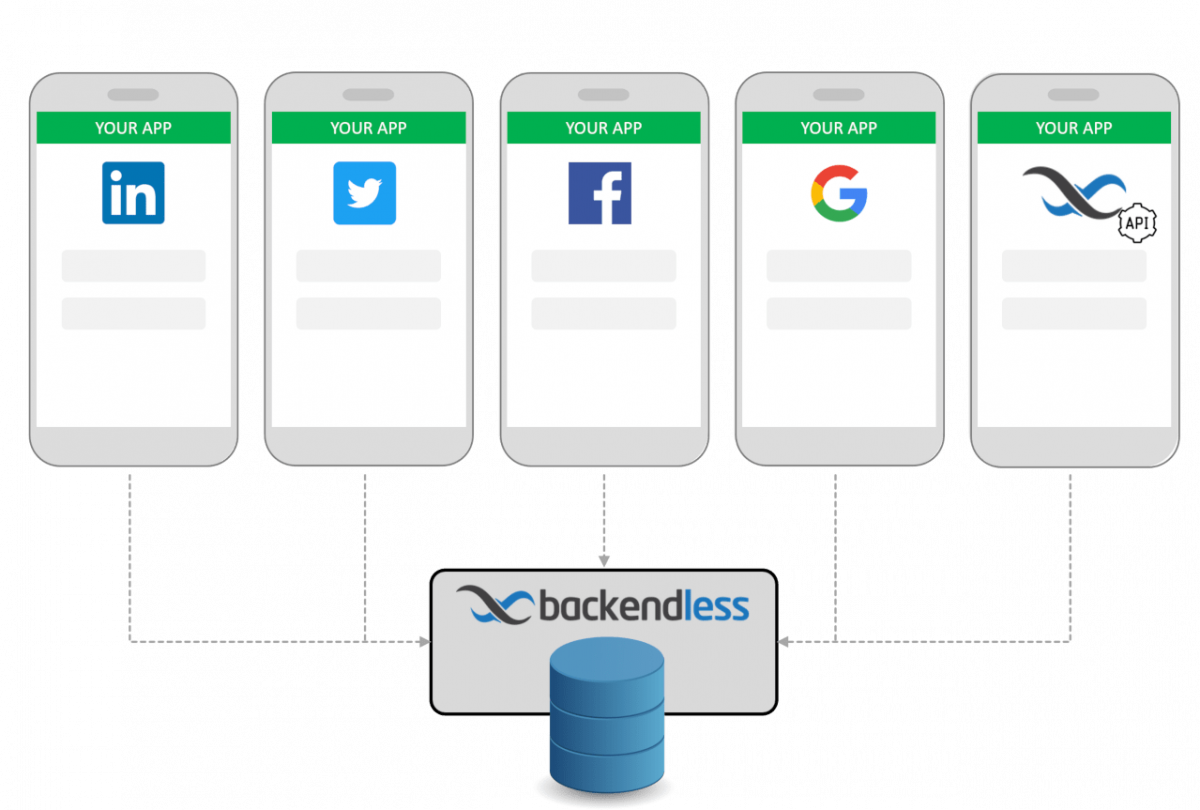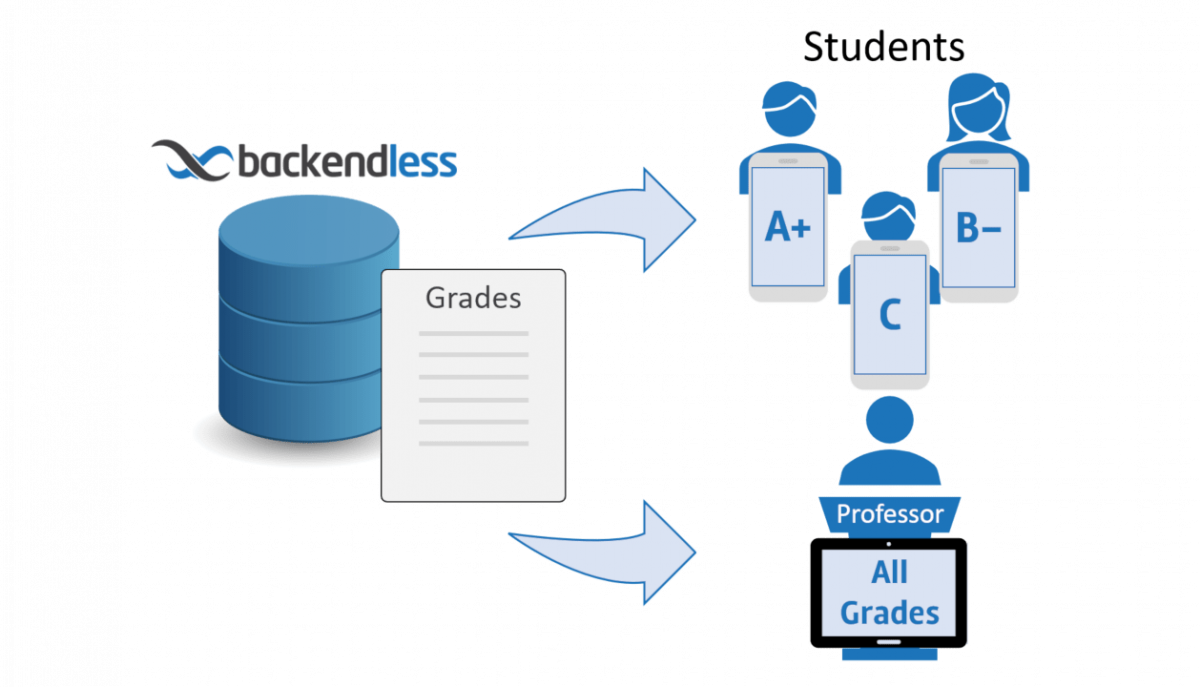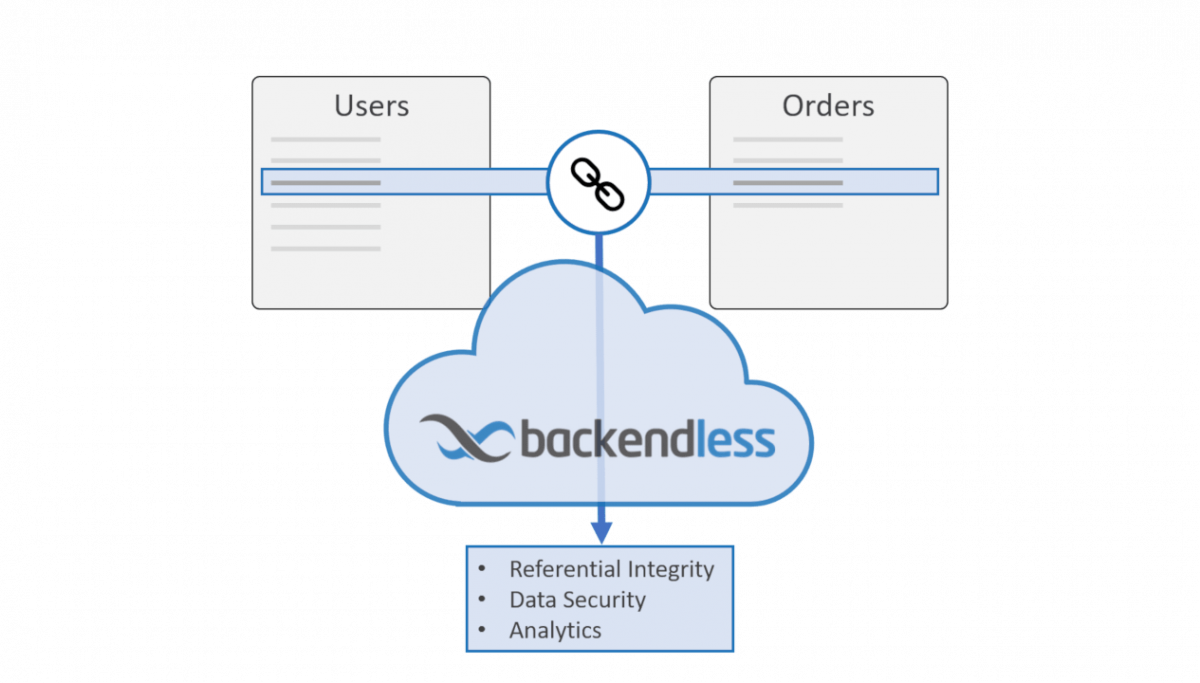User Management is a critical component of any business. You need to be able to handle account creation, login workflow, password management, and many other common user needs. Meanwhile, you need the ability to understand how your users interact with your application so you can extrapolate business insights from that data. Read on to learn how Backendless makes these things happen.
User Management

Manage User Authentication
The Problem:
You want to deliver a personalized user experience to each of your customers, which means you need a way to authenticate each user. There are many options for doing that, such as a simple account creation and login for your site, integration with identity management systems like Active Directory and LDAP, to social logins like Facebook, Twitter, Google and LinkedIn. In reality, you will likely want to offer two or more of these options to make your users’ login as easy as possible. Once authenticated, you need to be able to manage all aspects of the user’s session, including session duration, logout policy, device management, and password management.
The Solution:
Backendless provides all of the tools necessary to manage your users however you see fit. Starting with basic login APIs and social logins including LinkedIn, Google, Facebook, and Twitter, we can handle all of your authentication needs. We give you the ability to set session duration, create a device management policy, and manage passwords, all in a graphical interface that can be easily operated by a non-technical user. Additionally, we give you the ability to easily enable and disable individual users when the need arises.


Assign Security Roles
The Problem:
No matter the complexity of your application, there will likely be some content, data, services, and workflows that you want to restrict to only certain users, user groups, or security roles. Managing user access at the individual level can become overwhelming as your userbase grows.
The Solution:
Backendless lets you create different security levels and roles associated with them, giving you the ability to assign individual users or user groups a role that impacts that user’s access within your application. We give the ability to be as broad or as granular as you need to ensure that your data and content are never seen by a user that shouldn’t be allowed to see it.


Connect Users to Data
The Problem:
You collect a ton of data from your users, but if that data isn’t related to the user in some way, it loses a great deal of its value. You need to identify those relationships, but the question is, do you really want to maintain them in your code? If you do, you become responsible for managing all relations, preserving referential integrity, and data security. Not ideal.
The Solution:
Backendless makes creating data relations a snap, allowing you to connect your user accounts to virtually any other data in your backend. Our system automatically maintains referential integrity, meaning that if the related data changes or is removed, the connection is updated automatically. The relations provide another level of security for your data. For example, you will want orders placed by a user to be connected to that user, so that user only sees their own orders. Backendless handles this automatically. You can then use the data to track and analyze user ordering habits.
